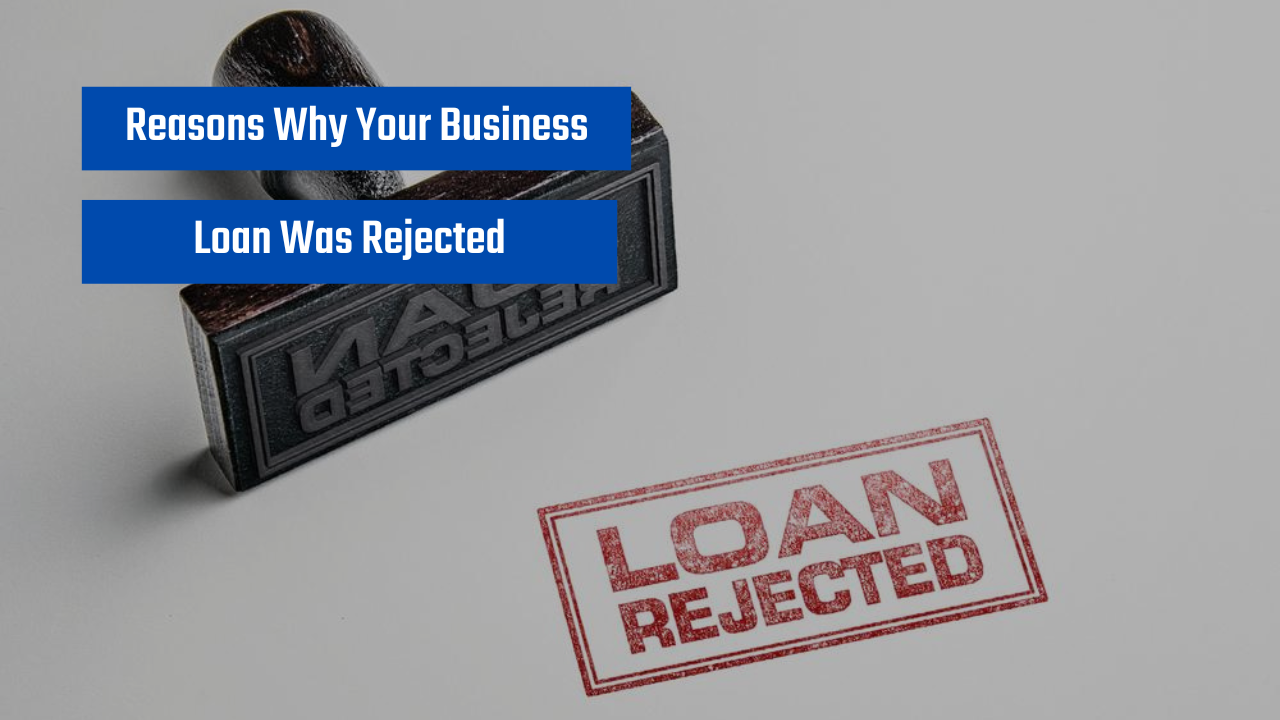A lower credit score suggests a higher risk of default, prompting lenders to be more cautious. This translates to a reduced likelihood of loan approval or potentially higher interest rates if the loan is approved. Various factors contribute to a poor credit history, impacting your creditworthiness.
Factors Affecting Credit Scores
Factors impacting credit scores are numerous, and their influence can vary depending on the severity and frequency of the issue. Common negative factors include late payments, defaults, and high credit utilization. Late payments signal a potential inability to manage financial obligations, while defaults indicate a failure to meet debt repayment commitments. High credit utilization, meaning you’re using a significant portion of your available credit, suggests a higher risk of overspending and default.
Impact of Credit Issues on Loan Eligibility
The impact of different credit issues varies. Late payments, if infrequent and minor, may have a less severe impact compared to significant defaults or consistent late payments. A single default can severely impact your eligibility, potentially rendering you ineligible for certain loans. Conversely, consistently managing payments responsibly demonstrates a lower risk, improving your chances of approval.
Examples of Credit Scores and Loan Approval Likelihood
A credit score of 650 or above is often considered a good score, increasing your chances of loan approval. A score below 600 typically presents a higher risk, making it more challenging to secure a loan. Scores in the 500s or lower significantly decrease the likelihood of approval, often leading to rejection or extremely unfavorable terms. For instance, a borrower with a credit score of 680 is more likely to receive favorable loan terms than someone with a score of 550.
Credit Score Ranges and Loan Approval Implications
| Credit Score Range | Typical Implications for Loan Approvals |
|---|---|
| 680 and above | High likelihood of approval with favorable terms, potentially lower interest rates. |
| 600-679 | Moderate likelihood of approval, but interest rates might be slightly higher compared to higher scores. |
| 500-599 | Lower likelihood of approval. Lenders might require co-signers or a higher down payment. |
| Below 500 | Very low likelihood of approval without significant financial backing. Rejection is highly probable. |
Incomplete Application Documents
A crucial factor in securing an education loan is ensuring your application is complete and accurate. Incomplete or inaccurate documentation can significantly delay or even prevent your loan application from being approved. Understanding the required documents and common pitfalls is essential for a smooth application process.Submitting a complete and accurate application package is paramount to a successful loan application.
Errors or omissions can lead to delays, rejections, or even the need to resubmit the entire application, costing you valuable time and potentially impacting your academic schedule. Thorough preparation and meticulous attention to detail are key.
Critical Documents for Education Loans, 5 Reasons Your Education Loan Might Get Rejected
Loan applications require a comprehensive set of documents to verify your identity, financial status, and academic standing. These documents serve as proof of eligibility and are vital for the lender to assess your loanworthiness.
- Proof of Identity: A valid government-issued photo ID, such as a passport or driver’s license, is essential to establish your identity. A copy of this document should be included in your application package.
- Proof of Address: Documents demonstrating your current address, such as utility bills, bank statements, or lease agreements, are needed to verify your residence. Ensure the address matches the address on your other documents.
- Academic Records: Official transcripts from previous educational institutions are necessary to demonstrate your academic history and progress. These transcripts should clearly indicate your grades and courses taken.
- Financial Documents: Proof of income, such as pay stubs or tax returns, is required to assess your repayment capacity. Lenders will need these documents to determine if you can afford the loan’s financial obligations.
- Loan Application Form: The completed and signed loan application form, with all sections filled accurately and completely, is critical. Double-check all details before submission.
- Co-signer Information (if applicable): If a co-signer is involved, their identification documents, proof of income, and other relevant financial details must be included.
Common Mistakes in Document Submission
Applicants frequently make mistakes in submitting their documents, often leading to delays or rejections. These mistakes can be easily avoided with careful preparation.
